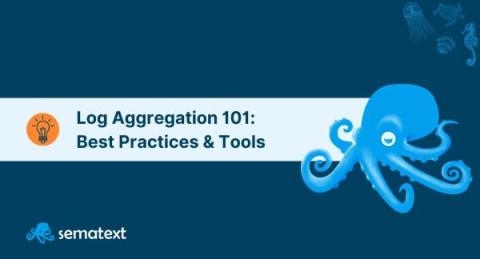Operations | Monitoring | ITSM | DevOps | Cloud
%term
Software asset management: One app for all the other apps (Cloud)
Licensing SolarWinds Server & Application Monitor (SAM)
2019 PHP Monitoring Options
There is no denying the popularity of PHP. It has been a constant force in the web development world since its release way back in 1995. And now in 2019, thanks to Laravel, it is still going as strong as ever! Here at Scout, recently we have been working hard on providing a PHP performance monitoring agent to sit alongside our existing ruby, python and elixir agents.
Tim Hall [InfluxData] | Dashboards as Code | InfluxDays London 2019
How To Track Timeouts In Honeybadger
The other day a long-time customer wrote in with a problem. They use Honeybadger to monitor their Ruby apps for exceptions but were having trouble catching timeouts. If their app took too long to respond, their application server, Puma, would abort the request. The only insight their team had into this problem was through Puma's logs. Most people consider timeouts to be a kind of error, so it'd be nice to have them reported by Honeybadger like any other errors.
Pro Tips: How to Decrease MTTR and Increase Uptime with Grafana and VictorOps
We can sift through oceans of data. Alert on predetermined parameters. Deliver multiple commits a day. But as organizations leverage these layered, complex monitoring systems, “we also have to start practicing observability to enrich the actions that we take to solve problems as they occur and drive continual improvement,” said VictorOps Product Marketing Manager Melanie Postma. VictorOps is one tool that can help accomplish that.
Log Aggregation 101: A Complete Guide, from How It Works to the Tools You Must Know about
Every developer’s worst nightmare is having to dig through a huge log file trying to pinpoint problems. The troubleshooting most likely won’t stop there. They’ll either have to follow the trail to multiple other log files and possibly on other servers. The log files may even be in different formats. This may go on until one loses themselves completely. Log aggregation is what you need to stop this seemingly never-ending cycle.
Ivanti: Our Story
Five reasons to choose Log360, part 2: Multi-environment support
In the previous post of this series, we looked at how easy it is to get Log360 up and running due to its various deployment features and easy-to-use UI. Today, we’ll dive into the solution’s wide range of support for event sources across multiple environments. Servers and workstations. With Log360, you can easily go deep into the events occurring on all Windows, Unix/Linux, and IBM servers and workstations in your network.











